Animation is key in bringing characters to life and creating immersive experiences. Game animation isn’t just about making characters move it is about creating experiences that immerse, and tell stories that players will never forget.
Did you ever think?
How did game animators develop animation so realistic?
What principles and tools do they follow to create immersive environment?
In this article we will guide you deeply about game animation, its tools, and what principles they follow.

What is Game Animation?
Game animation is the process of designing and implementing sequences of frames that imitate motion. Game animators ensure that every action is realistic, smooth, and responsive to player input. This is the utmost aspect of game development which enhances the visual appeal and storytelling. This process involves the creation of movement of characters, surrounding objects, and visual effects in video games development.
Unlike traditional animation the game animation is unique because it is interactive, every movement is designed to respond to player input, create emotional connections, and enhance the overall gaming experience. Game animation is the complex art of breathing life into characters, objects, and entire virtual worlds through strategic movement and visual storytelling.
What are the Various Types of Game Animation?
Video game animation is versatile with several different types. Here is the list of primary ones.
- Traditional Animation
- 2D Animation
- 3D Animation
- Motion Graphics
- Stop Motion
- User Interface Animation
1. Traditional Animation
Traditional game animation technique is also known as frame by frame animation. This technique is used at the time when the animation industry is not transformed by emerging technologies. In this old method animators craft each transition and movement of characters by drawing individual frames which are sequenced together to produce seamless motion.
This animation technique is used in 2D games. Game animators create hand drawn images of objects and characters in different poses and actions. Then these hand drawn sprites would be animated in sequence to display actions like walking, jumping, attacking. Animators create all these animations through illustrators.
Example of Traditional Animation
The most famous example of traditional animation in game animation is Cuphead. Animators used frame by frame animation to create the distinctive look of the game
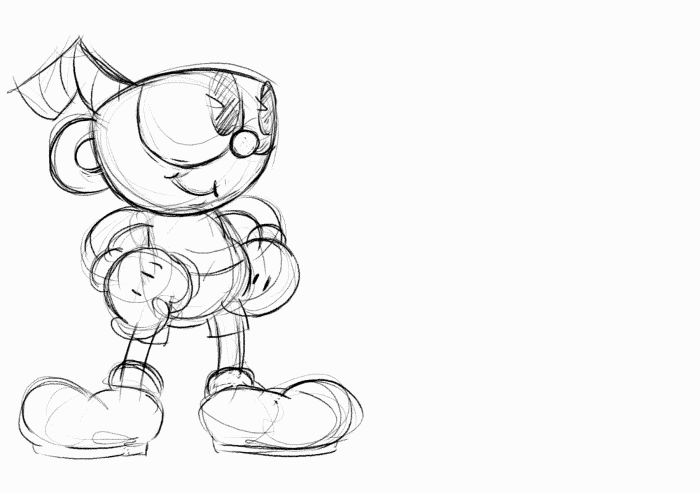
2. 2D Animation
Creating motions and visual effects for characters, environment, and objects in two dimensional video game, this process is called 2D game development animation. Animators manipulate the flat images to stimulate movement and interaction within video games.
How does 2D game animation work?
2D game animation technique involves the method of frame by frame animation. Animators draw individually each frame of movement. Game Animators draw individual frames in different positions and when they play these frames, it creates the illusion of smooth movement.
Example of Great 2D Game Animations
Hollow Knight is the most famous example of 2D animation technique in which action and adventure game features beautifully animated characters and environments. The smooth and detailed animations contribute to the game’s immersive atmosphere and engaging gameplay.

3. 3D Animation
3D game animation is the process of creating movements and behavior of characters, objects, and environments within video games. This process starts with conceptualization and animation storyboarding. Animators plan the sequence, movement, and actions required for the game. In animation storyboarding, animators use storyboards and concept art to visualize and plan the animation.
By use of 3D modeling and rigging 3D models of objects and characters are equipped with virtual skeletons to control their movements. 3D game animation technique works with fully dimensional models that can be rotated, manipulated, and animated in three dimensional space, creating immersive and highly realistic interactive experiences.
Example of Best 3D Game Animations
God of War game showcases fluid and dynamic combat animations, along with detailed character movements and interactions. In this game development seamless transition between cutscenes and gameplay adds cinematic feel of the game.
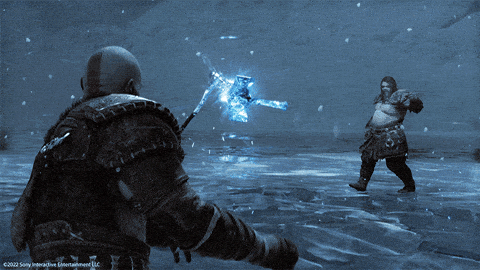
4. Motion Graphics
Motion graphics in game development involve using graphic design elements to create the illusion of movement and rotation. These animations are mostly used to convey information, enhance visual appeal, and improve user experience within the game. Motion graphics can include animated text, shapes, icons, and other visual elements that add dynamic effects to menus, interfaces, and in game events.
- Motion graphics in game animation provides seamless user interface interactions.
- It enhances overall game aesthetics.
Example of Motion Graphics in Game Animation
A great real world example of motion graphics in game animation is Destiny 2. This game development uses motion graphics extensively in its user interface and heads up display. Animated elements provide real-time information about the player’s status, objectives, and environment, enhancing the overall gaming experience.
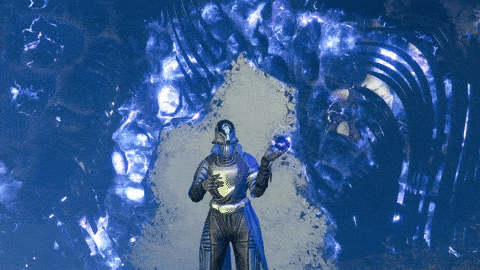
5. Stop Motion
Stop motion game animation technique involves creating animations by physically manipulating objects and photographing them one frame at a time to create the illusion of movement. This technique is less common in video games as compared to 2D and 3D animation but can produce unique and visually striking results.
Example of Stop Motion in Game Animation:
The Spirit of the Samurai is real world example of stop motion in game development animation by uses digital models to create slightly shuttering moments that mimics the stop motion style.
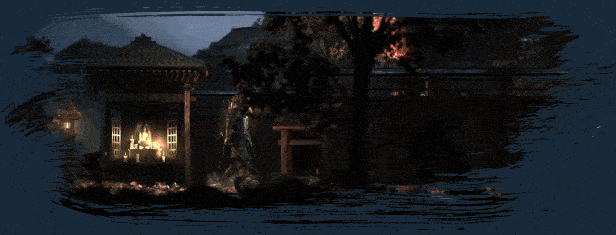
6. User Interface Animation
Animators use motion and animated effects within the game interface elements to enhance user experience in user interface animation. Animators make menus, notifications, buttons and other interactive elements more engaging with user interface animation.
Example of User Interface Animation
Destiny 2 is the best real world example of UI animation in video games which provides real time information about players status, objectives, and environment to enhance the overall experience of the game.
What are the Primary Principles of Game Animation?
Effective game development animation depends on the set of principles that animators follow to create wonderful experience for players.
1. Anticipation
To look actions smoother animators follow anticipation in the game development process. With the help of this players understand the next actions of characters which increases the overall time experience of the game For example players understand the action of character before their movement like jumping by bending the knees of characters. It looks more natural and appealing.
2. Squash and Stretch
Squash and stretch change the shape of object and focus on its movement. It makes game animation more impactful by conveying objects flexibility, weight, size, and liveliness. It is what makes animations feel alive and dynamic. For example Imagine a character holding spring. When they compress the spring, it shortens and coils tightly (squash). When they release it, the spring expands and stretches out (stretch).
3. Staging
Staging makes the game animation more clearly understandable to the players. In this principle animators arrange the scene elements, backgrounds, characters, and objects in the way that guides the player attention to the most important parts of the action. For example Imagine character about to open the mysterious treasure chest. The animator might use glowing effects around the chest to catch the player’s attention. The character might also hesitate momentarily before opening the chest to emphasize the significance of the action.
4. Timing and Spacing
Timing controls the speed of characters’ actions in the game. Fast timing shows the speed and sharp movement of characters’ actions, and slow timing indicates the carefulness of the characters’ actions.
Spacing maintains the distance between each frame in action. Even space between each frame creates smooth and constant movement.
5. Exaggeration
Exaggerating movements helps convey emotions and actions more clearly especially in stylized game designs. This principle makes the character more noticeable and impactful. Animators follow exaggeration to create the essence of action more clear and realistic. They ensure that players easily understand and relate to the actions of characters in the game.
6. Slow In and Slow Out
Animators follow the slow in and slow out principle to make the game more impactful. The action of the character starts in the game slow, speeds up in the middle, and again slows down at the end of the action. For example running characters in game start at slow speed then speed up and finally slow down at their stop.
7. Arcs
In game animation arcs are the curved paths that characters and objects follow to move naturally. Instead of straight lines, these smooth curves make movements look more realistic and appealing. Animators follow this principle to generate realistic impact on game players.
Essential Tools for Game Animation for 2025
There are some tools that animators use to create dynamic, realistic game animation to give visually appealing experience to the players. Here is the list of some essential tools for game animation in 2025:
- Unity
- Adobe Animate
- Adobe After Effects
- Autodesk 3ds max
- POWTOON
- Motion Builder
- Blender
- Houdini
- Cinema 4D
- Mixamo
1. Unity

This is powerful tool for animators to do game animation. Unity creates cinematic content, cutscenes, and complex animations. It allows you to sequence animations, audio, and other elements in a timeline based interface.
- Great for enhancing the visual storytelling and cinematic quality of your game.
- Ideal for creating story driven content and in game cinematics.
2. Adobe Animate
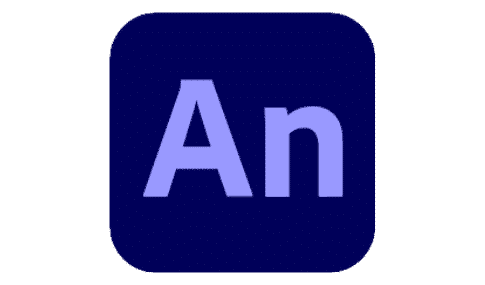
Adobe animate is powerful 2D animation software widely used for creating animations for games, TV shows, and the web. This software helps to design interactive animations for games, including character movements and environmental effects. With its sets of feature adobe animation brings your game animation to life.
3. Adobe After Effects

Game animators widely use adobe after effects as versatile tool for creating stunning visual effects and motion graphics. This software create dynamic and engaging motion graphics for game interfaces. By adding special effects like explosions, magic spells, and environmental effects to enhance the visual appeal of your game.
4. 3ds Max

This is professional 3D modeling, rendering, and animation software widely used in the gaming industry. This animation software is ideal for creating premium designs and it is popular choice among game developers.
5. POWTOON

Powtoon is an online animation software that allows users to create engaging videos and animations easily. Animators can use this tool to make animated content for various purposes, including game trailers, promotional videos, and educational content. Animators use this tool to create and customize characters, backgrounds, and other assets to fit your needs.
6. Motion Builder

Autodesk motion builder is powerful 3D character animation software used to create high quality animations for games and other media. Motion Builder allows for real time animation previews and can be seamlessly integrated into intricate animation workflows.
7. Blender
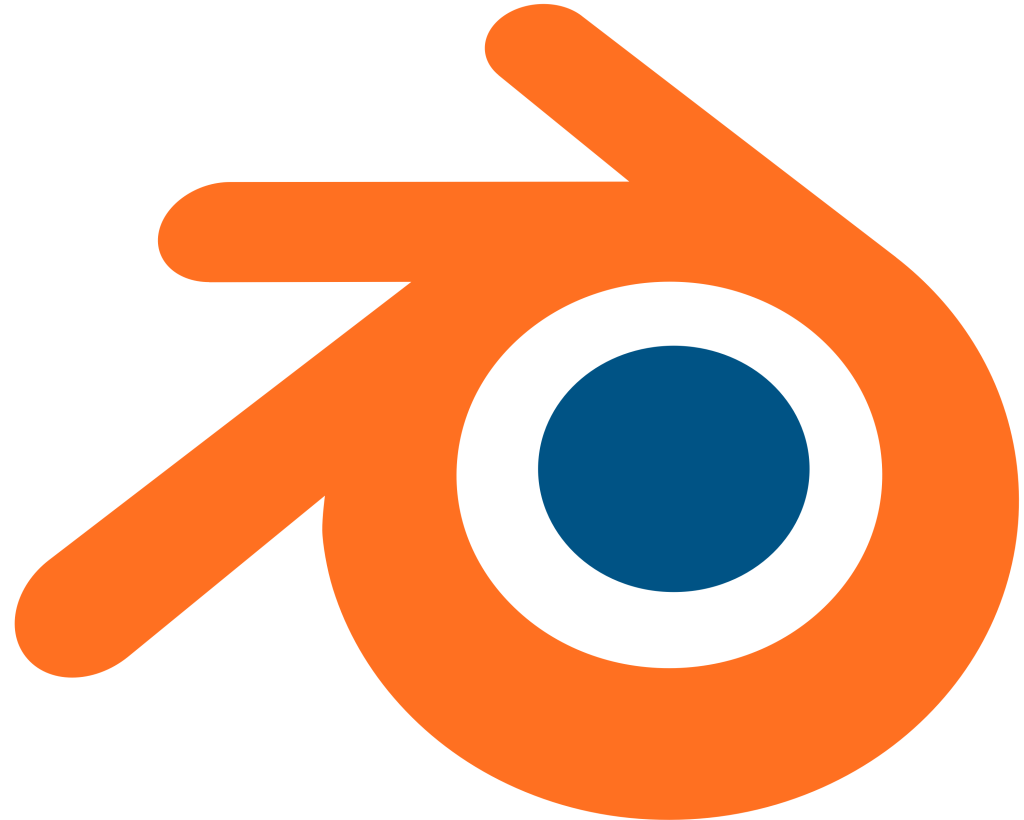
Blender is free software for game animation. It is the full set of tools for modeling, rigging, and animating characters in 2D and 3D animation. Blender has inbuilt video editor sequences that make it versatile tool for game animation.
8. Houdini

Houdini was developed by SideFX and it is powerful 3D procedural software widely used in the gaming industry for creating complex animations, visual effects, and simulations.
- Houdini provides real time animation features to game animators to make changes in animation instantly in real time.
- Best for creating the dynamic simulations.
- Like other game animation software it also provides seamless workflow across all platforms.
9. Cinema 4D

Cinema 4D is widely used software in the game animation industry. Keyframe animation, procedural animation, and character rigging are done by cinema 4D tool. Game animators used this tool to create high quality animations and visual effects.
10. Mixamo

Mixamo is powerful animation software developed by adobe designed to simplify the process of creating high quality 3D animations for games and other interactive experiences. Automated rigging easily applies animation to character models, saving time and effort.
Conclusion: Level Up Your Skills
Game animation is the art of making characters, objects, and environments move realistically and creatively in video games. It is like being digital puppeteer who breathes life into characters through movement. Learning game animation is not just about learning software it is about understanding movement, storytelling, and creating immersive experiences that players will love.
Remember animation is where creativity meets technology. It is not just skill it is an art form that combines technical precision with imaginative expression.
Thanks for reading this article and stay tuned for more updates.
Frequently Asked Questions (FAQ’s)
Q1 How 2D animation work in video games?
Ans. 2D animation brings characters and environments to life, making the gaming experience more engaging and immersive by creating movement in a two dimensional space.
Q2. Is VFX used in game animation?
Ans Yes VFX (visual effects) are widely used in game animation to enhance the visual appeal and realism of games.
Q3. Which is the best institute for game designing courses in Amritsar?
Ans MAAC Amritsar( Maya Academy of Advanced Creativity) is the best animation academy for designing courses.
Q4. What skills need to be learned for game designing?
Ans To become game developer you need to understand the basics to advanced knowledge of user interface of game i.e. 3D modeling, rigging, texturing, animation
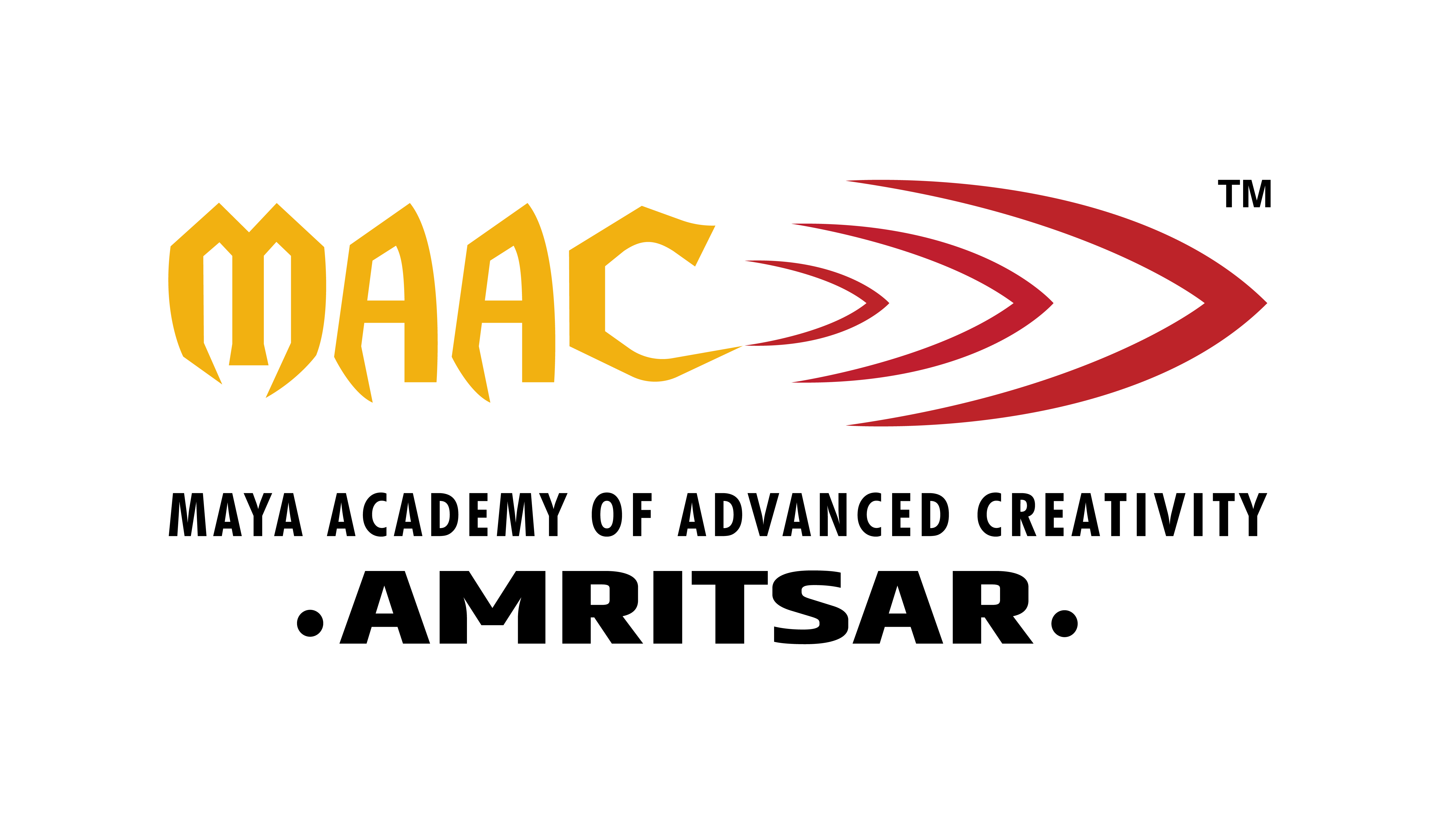
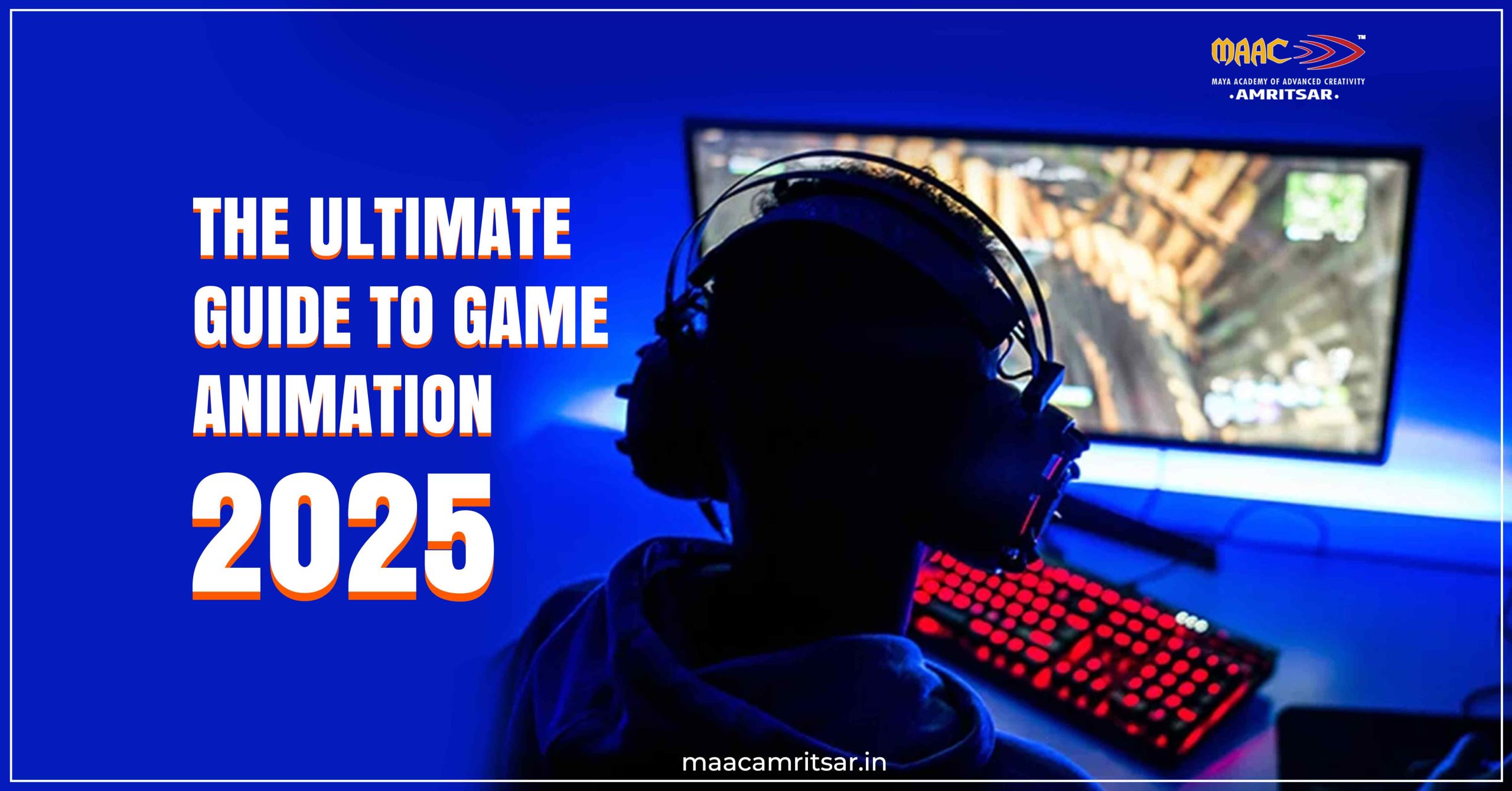
Leave a Reply